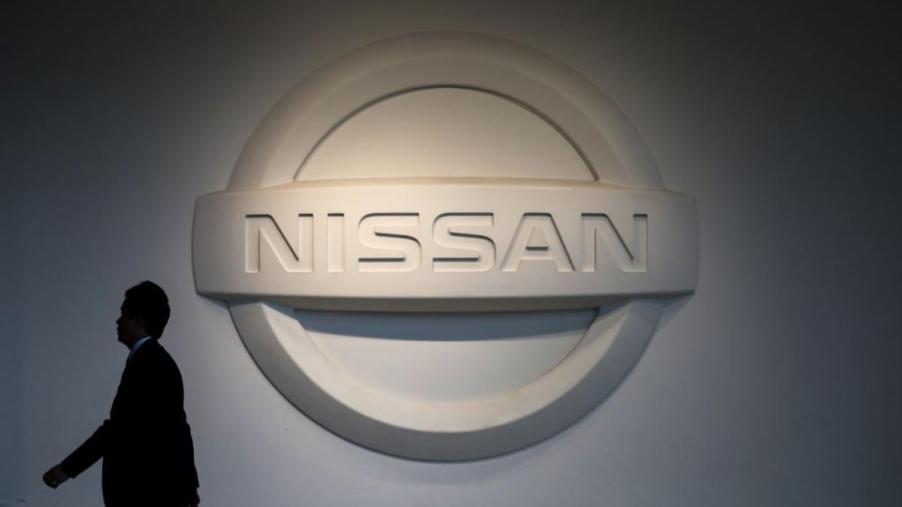
What Was the First Car Nissan Ever Made?
The Nissan Motor Company has grown from a Japanese market-focused automaker into an 89-year-old global juggernaut. The one-time Imperial-era zaibatsu—a family-run company integrated with its own financial apparatus—has reinvented itself many times over. Focused purely on producing vehicles, Nissan earned its right to continue in a liberalized market.
Nissan’s first car has deep historical ties. It has a name and technological lineage that predates the automaker itself. It even predates true mass market-level production. While Americans often think of Nissan as a more modern brand, the story of its first car is nearly as old as the notion of the affordable consumer automobile itself.
The first Nissan car ever made
Nissan’s very first car, from 1933 was not technically a Nissan. Rather, it came from the merger between Kaishinsha Motorcar Works and Nissan, which was not yet the Nissan Motor Company we know today. It was a new, smaller version of the long-running DAT automobile, which began production in 1914.
This first vehicle with Nissan’s direct involvement was dubbed the Datson Type 10—the “son” of the DAT, due to being smaller. It sold 10 units, as it was slow to manufacture and was largely about setting up infrastructure for the next vehicle, the Datsun Type 11, Nissan of Canton reports. While 150 cars sold seems quaint by today’s standards, that leap in production speed marked an important moment in the zaibatsu’s history.
This first Datsun set off one of the most globally-recognized automobile brands in the world. These ubiquitous sedans were once synonymous with the name Nissan. Today, they’re a fondly remembered relic of the past.
How the first Nissan car differs from its more famous debut vehicles
The original DAT was obviously nothing like the vehicles later sold under the Nissan name. These cars were built essentially on commission, really more like how prototypes are produced today. Even the Type 10, promoted as a Nissan, was meant to build toward future technological advancements rather than make the automaker much money from direct sales.
And that paid off. The 150 sales of the Type 11 were dwarfed once its production line was fully built in 1935, according to Nissan USA. By 1937, that line churned out 8,593 Datsuns. That number would have kept jumping year-over-year, if not for Japan entering the Second World War and being required by law to shift all production to military vehicles.
There weren’t really market divisions between affordable and luxury vehicles back when the early DATs and the Type 10 first rolled off the production line. That would come later, with the Datsun focusing on efficient production and affordability for average buyers in Japan and abroad.
To address where the former zaibatsu found itself in the lineup, Nissan merged with Prince Motor Company, a luxury vehicle manufacturer that brought their Skyline into the fold.
Nissan has evolved into a global brand
Datsuns started getting imported around the world not long after World War 2 ended. They represented a niche that American automobiles weren’t addressing at the time: small, and fuel efficient. By the 1960s, Datsuns were all over the world, with production lines built locally in places like the U.S. and the U.K.
This is how Nissan grew into a global juggernaut. Sadly, the Datsun is no longer part of that growth. It fell out of favor as small sedans became more common, and the name was associated with days long past. After saying goodbye to the latest revival attempt in 2022, Nissan fills the gap left by the once-popular Datsun with their massively popular SUVs.


